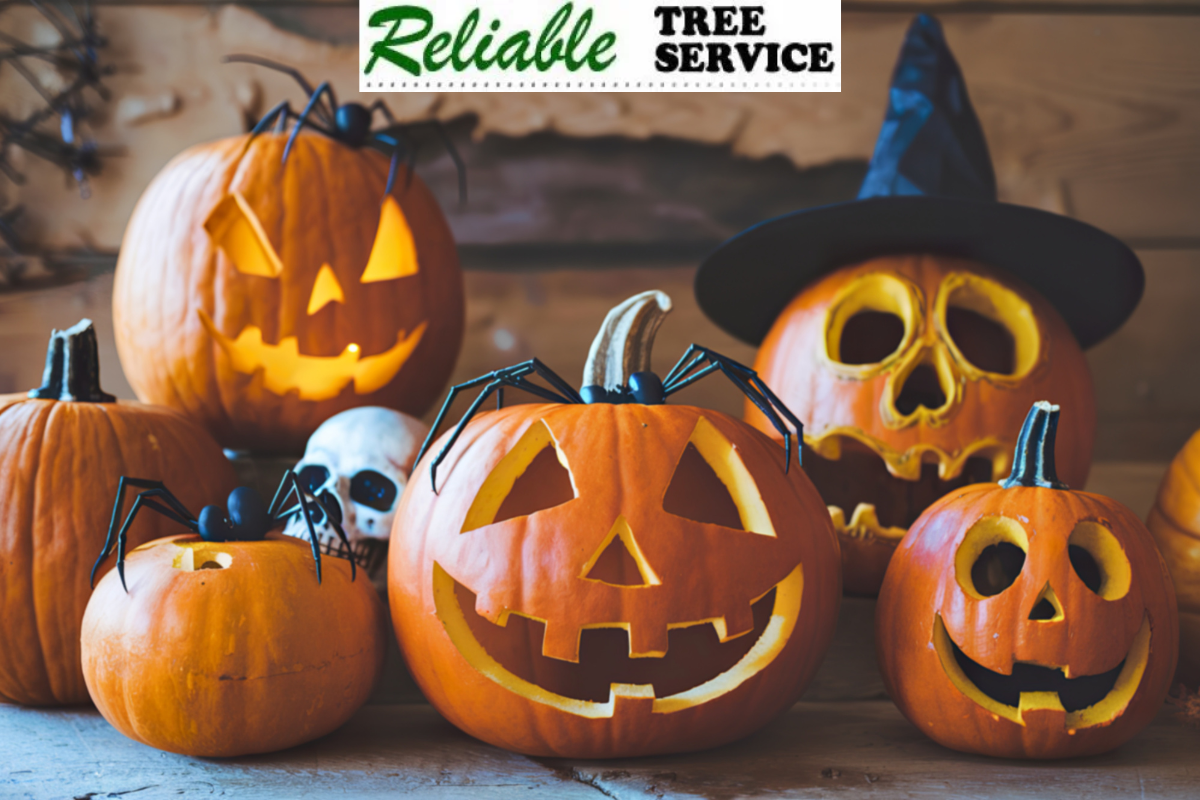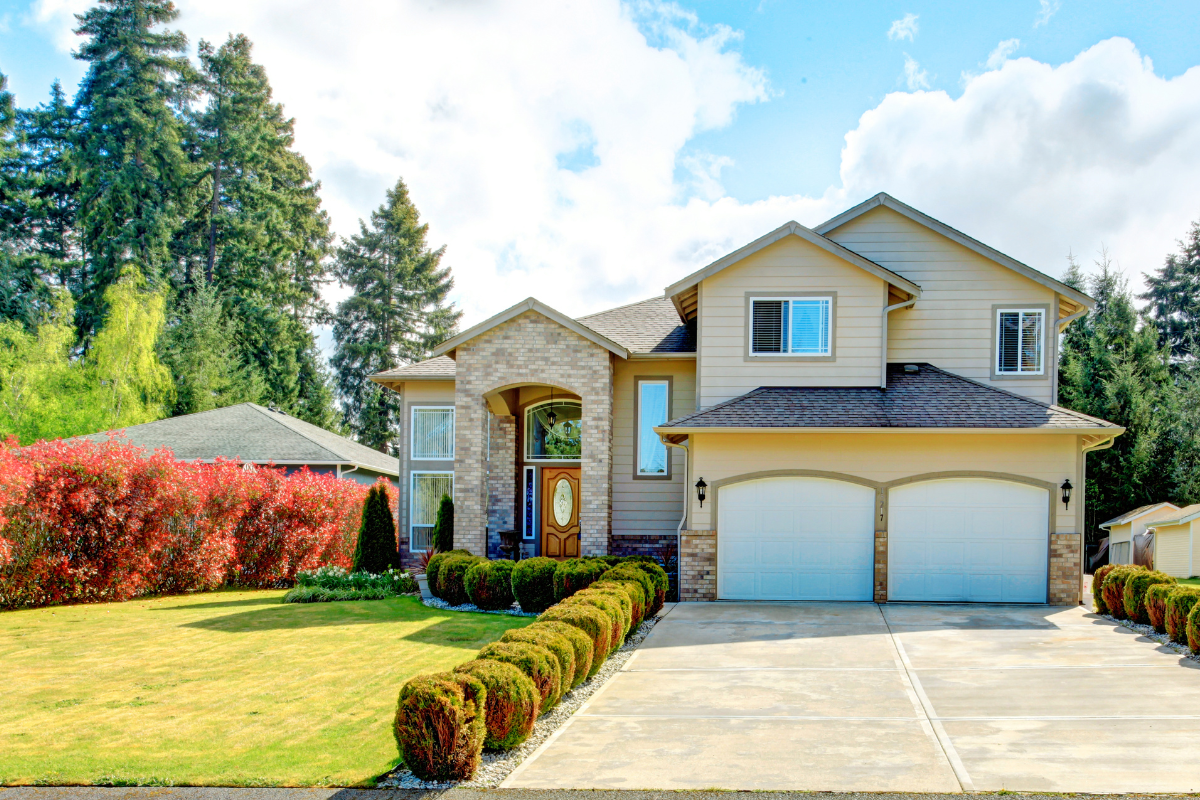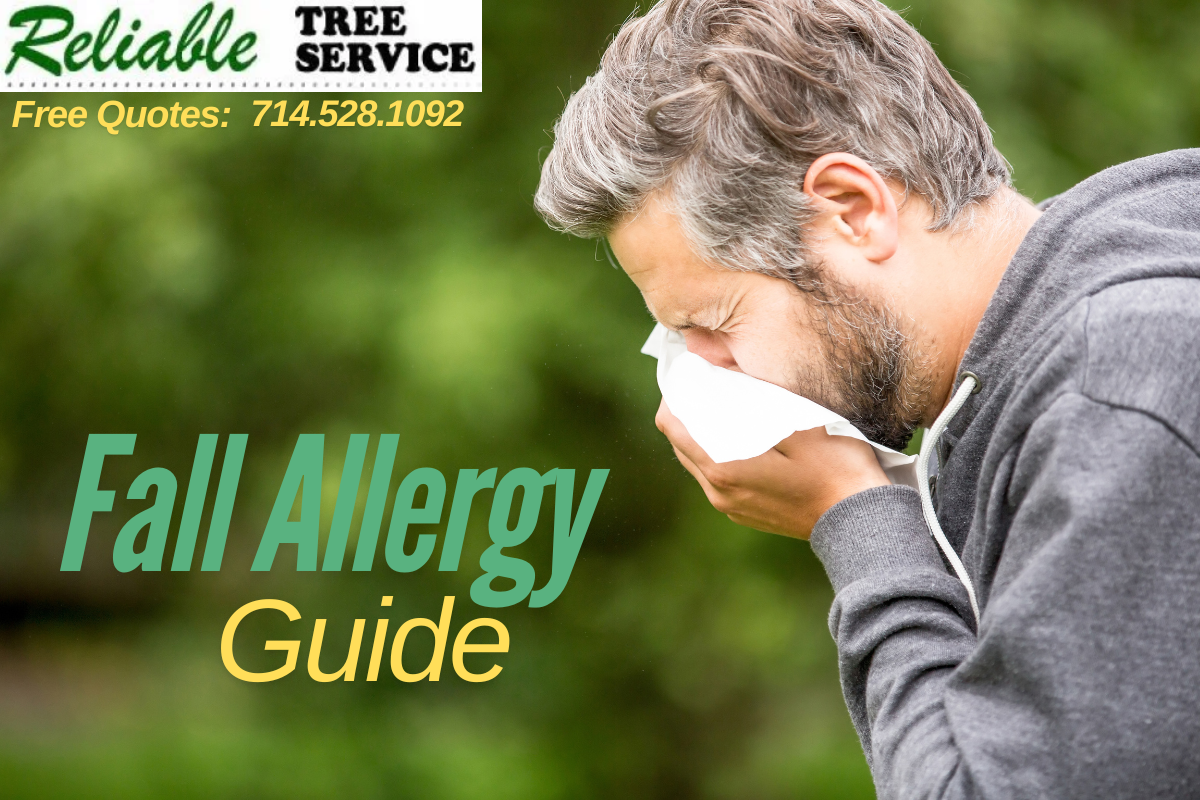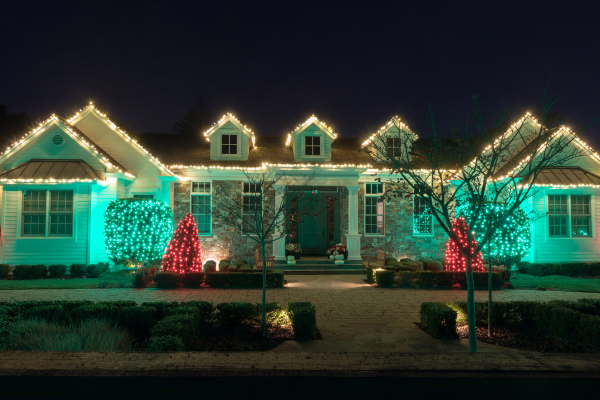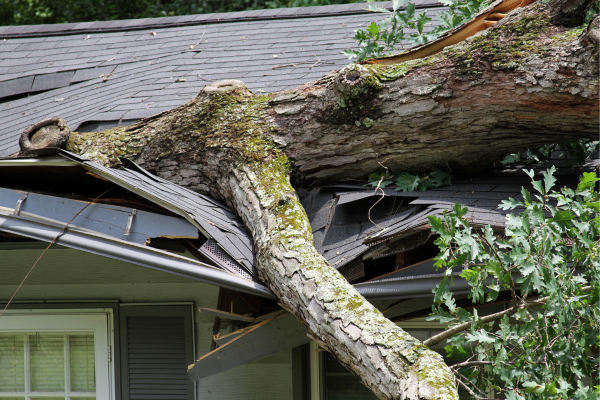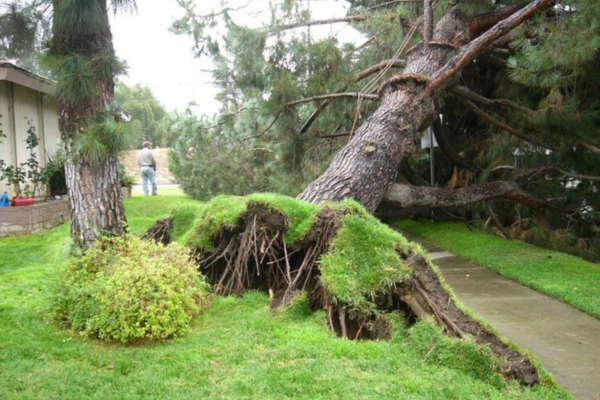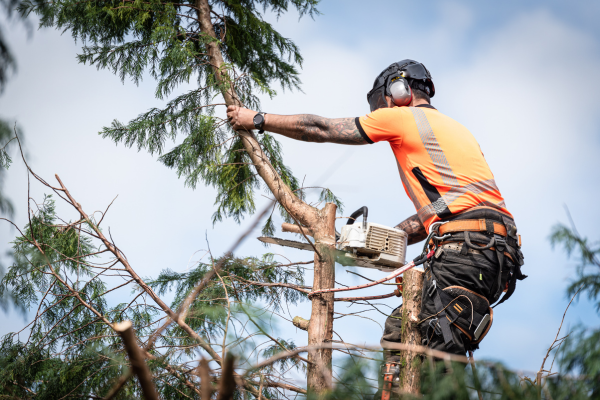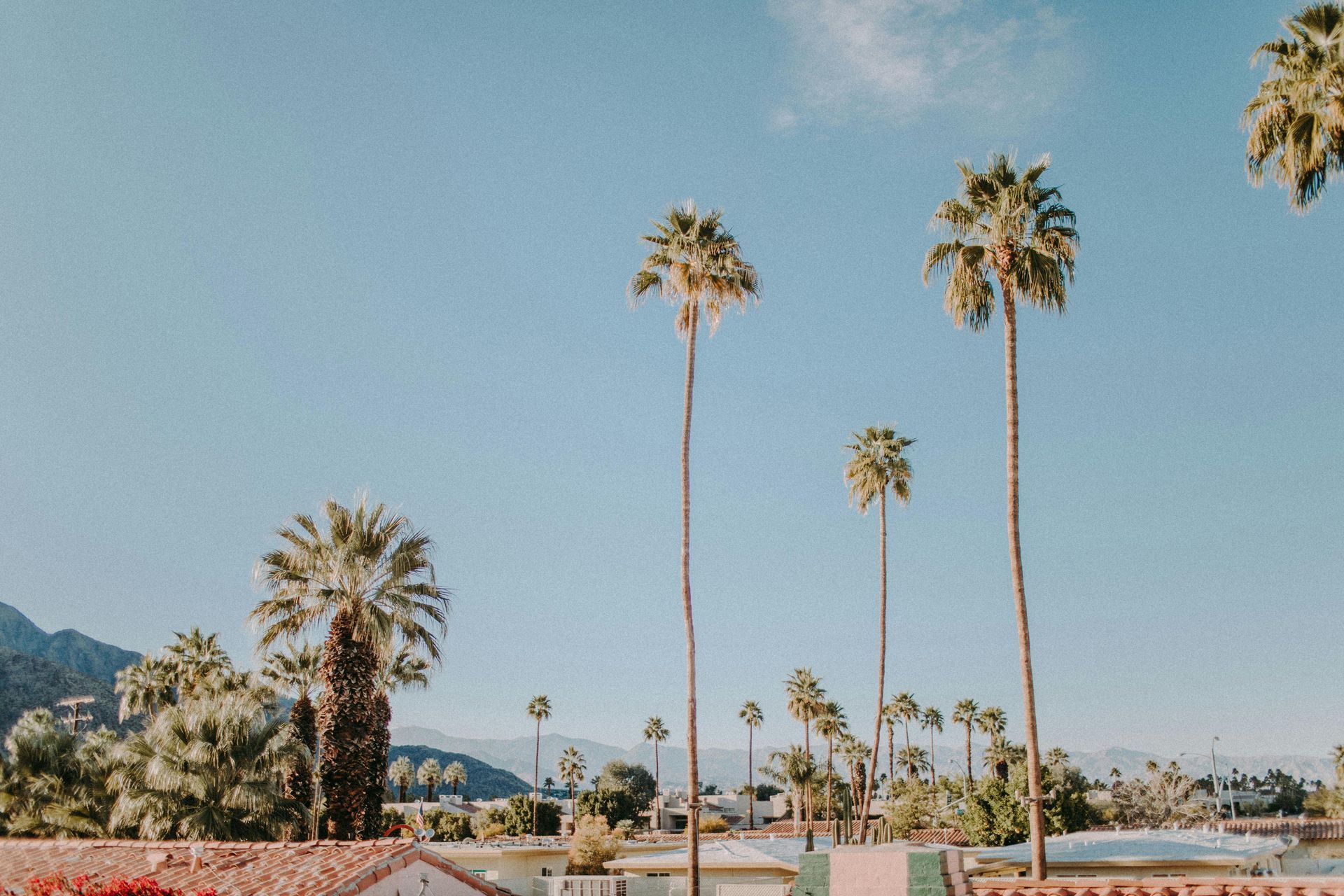Turf vs. Sod in Orange County: Cost Comparison, Benefits & Which Is Right for Your Lawn
For expert guidance and service call 714-528-1092. Every homeowner deserves someone Reliable
Table of Contents
- Why Your Orange County Lawn Deserves the Right Choice
- What Is Artificial Turf? Types, Features & Key Benefits
- What Is Natural Sod? Varieties, Advantages & Considerations
- Turf vs. Sod CostBreakdown
- 4.1 Materials & Labor
- 4.2 Sample Project Estimates
- Maintenance Comparison: Turf vs. Sod
- Water Use & Environmental Impact
- Lifespan, Longevity & Return on Investment
- Real‑World Factors That Affect Your Decision
- Which Option Is Best for Your Home or Business?
- Why Orange County Trusts Reliable Tree Service
- Next Steps: Free Quote & Consultation
- Further Reading & Useful Resources
1. Why Your Orange County Lawn Deserves the Right Choice
Your lawn is more than green space—it’s the welcoming face of your property, a play area for children and pets, and an extension of your home’s value. In Orange County’s Mediterranean climate, selecting the proper turf solution means balancing aesthetics, water conservation, maintenance demands, and long‑term ROI. With over 30 years of service, Reliable Tree Service understands local soil conditions, HOA requirements, and drought‑regulation ordinances. This guide will walk you through every factor—so you make an informed choice tailored to your lifestyle and budget.
2. What Is Artificial Turf? Types, Features & Key Benefits
Artificial turf is engineered from synthetic fibers—typically polyethylene, polypropylene, or nylon—designed to replicate natural grass. Today’s high‑end turf incorporates UV inhibitors, realistic blade shapes, and advanced backing for superior drainage.
Key Features & Benefits:
- Durability: Lasts 15–25 years without resodding or overseeding Better Homes & Gardens
- Consistent Aesthetics: Uniform emerald-green color year‑round, regardless of weather HomeYou
- Water Savings: Eliminates routine irrigation; cuts water use by up to 70% compared to sod lawns
- Low Maintenance: No mowing, fertilizing, or pest control; occasional brushing and debris removal suffice
- Pet‑Friendly Options: Specialized infill reduces odors and withstands high traffic
Considerations:
- Heat Retention: Can become hot under direct sunlight—consider lighter‐colored infill or shaded areas
- Upfront Investment: Higher initial installation cost than sod (see Section 4)
- End‐of‐Life Disposal: Choose turf with recyclable backing and infill for eco‑conscious disposal
3. What Is Natural Sod? Varieties, Advantages & Considerations
Sod is living grass transplanted as mature turf, complete with ½"–¾" of soil and roots. In Orange County, warm‑season Bermuda and drought‑tolerant tall fescue blends are popular for their resilience and ease of establishment.
Advantages:
- Instant Green Lawn: Provides full coverage on Day 1
- Natural Ecosystem: Enhances soil health, carbon sequestration, and supports beneficial insects
- Cooling Effect: Lowers ambient temperature vs. turf’s plastic surface
- Authentic Look & Feel: Real grass scent and softness underfoot
Considerations:
- Water Requirements: Needs 1–2" of water per week, especially in summer
- Maintenance Needs: Weekly mowing, seasonal fertilizing, and occasional aeration
- Potential Dormancy: Some varieties go dormant (turn brown) in extreme heat or cold
- Longevity: Typically 5–10 years before replacement is needed, depending on wear and climate
4. Turf vs. Sod Cost Breakdown
4.1 Materials & Labor
When it comes to turf and sod, the biggest driver of variation is the quality tier you choose:
- Turf Quality Tiers:
- Economy/Fabric Grade: Basic fibers, minimal UV protection, suitable for low‑traffic areas or budget installs.
- Standard/Residential Grade: Mid‑weight fibers with better drainage and UV inhibitors—ideal for most home lawns.
- Premium/Professional Grade: Heavier denier fibers, advanced backing, antimicrobial infill options, and extended warranties—built for pet run‑areas, sports fields, or high‑traffic commercial spaces.
- Sod Varieties:
- Budget Blends: Fast‑growing grasses that establish quickly but may thin out under stress—great for small yards or rental properties.
- Performance Blends: Drought‑tolerant or shade‑tolerant mixes (e.g., Bermuda‑fescue blend) that balance resilience with appearance—our most popular choice.
- Specialty Lawns: Ultra‑fine textures or patented cultivars for high‑end landscape projects, golf course greens, or showpiece estates.
On top of material selection, your installation complexity makes a difference:
- Simple Install: A flat, cleared area with minimal prep—just a basic leveling and compacted base for turf, or a fresh topsoil layer for sod.
- Standard Prep: Includes addressing minor slopes, integrating basic drainage, and enriching poor soil with compost or sand.
- Full‑Service Prep: Major grading, custom drainage systems, root‑barrier installation, and precise soil amendments tailored to your site’s pH and composition.
4.2 Sample Project Scenarios
Instead of quoting exact figures, here’s how different yard sizes and quality choices typically play out:
- Small Backyard Retreat (up to 500 sq ft):
- Opting for a standard residential turf or a performance blend sod gives you quick curb appeal without breaking the bank. Prep needs are minimal, and turnaround can be a few days.
- Mid‑Size Family Lawn (around 1,000 sq ft):
- Stepping up to premium turf or specialty sod becomes more cost‑effective on a per‑square‑foot basis. You might add moderate grading to ensure perfect drainage, and installation often spans a week.
- Large Estate or Commercial Grounds (2,500 sq ft+):
- Here, investing in top‑tier turf fibers with advanced infill—or choosing high‑end sod cultivars—pays dividends in longevity and low upkeep. Comprehensive soil engineering and custom drainage are common, and the project can take multiple weeks from prep to finish.
Local Insight: In Orange County’s diverse microclimates, our clients often find that a mid‑range turf or performance‑blend sod strikes the best balance between upfront investment and long‑term satisfaction—especially when paired with proper soil prep and drainage.
5. Maintenance Comparison: Turf vs. Sod
- Watering
With artificial turf in Orange County, you’ll only need an occasional rinse—just a quick spray to knock off dust, pollen, or pet messes. In contrast, a healthy natural sod lawn needs about 1–2 inches of water per week via your sprinkler system, especially during our dry summer months. - Mowing
Say goodbye to the mower with turf—there’s no mowing ever. But if you go with sod, plan on pulling out the lawnmower weekly during the growing season to keep that lush grass looking sharp. - Fertilizing
Turf comes with built‑in “fertilizer”—in other words, zero feeding required. A sod lawn, however, thrives on 4–6 applications per year, so you’ll want to budget for fertilizer and possibly a pro service to keep your grass green and weed‑free. - Weed Control
Because artificial turf is essentially one solid carpet of grass blades, weeds are rare—you might only spot a pesky sprout around the edges. With sod, weeds pop up as needed, so you’ll need spot treatments or a preventative herbicide program. - Aeration
Turf never compacts—you won’t need to aerate. But real grass benefits from annual aeration, helping water, oxygen, and nutrients reach the roots of your sod installation. - Lifespan Refresh
For a top‑quality Orange County turf install, plan to replenish infill every 3–5 years to maintain bounce and appearance. A sod lawn usually needs patching or re‑sodding every 5–10 years, depending on wear and climate stress.
Whether you’re leaning toward low‑maintenance artificial turf or the authentic feel of a natural sod lawn, this side‑by‑side should help you decide which option suits your Orange County yard best.
6. Water Use & Environmental Impact
- Turf: Eliminates routine irrigation, saving 20,000–30,000 gallons of water per 1,000 sq ft annually. No fertilizers or pesticides needed, but beware of microplastic runoff if infill isn’t contained Sod.
- Sod: Supports biodiversity and soil carbon capture. However, traditional sprinkler systems can waste up to 30% of water to evaporation and runoff in OC’s dry summers Better Homes & Gardens.
- Heat Island Effect: Turf surfaces can reach temperatures 30–50°F hotter than natural grass. Mitigate with light‑colored infill or strategic shade plantings.
- Recyclability: Leading turf manufacturers now offer recyclable backing and organic infill materials to reduce end‑of‑life waste.
7. Lifespan, Longevity & Return on Investment
Over a 12‑year span, high‑quality artificial turf typically costs about half as much as natural sod once you include installation, upkeep, and occasional refreshes. Turf’s biggest wins are:
- Zero Mowing & Feeding: No mower, trimmer or fertilizer bills.
- Big Water Savings: Dramatically lower irrigation costs in OC’s dry climate.
- Higher Property Appeal: A pristine, drought‑resistant lawn can boost resale value.
8. Real‑World Factors That Affect Your Decision
- Site Complexity:
- Grading/slope correction adds 10–30% to base costs
- Debris removal or old turf demolition (~$1–$3/sq ft)
- Intended Use:
- High‑traffic play areas benefit from turf’s resilience
- Entertaining spaces may prefer sod’s authentic feel
- Aesthetic Goals:
- Turf offers uniform perfection
- Sod provides natural color variations and seasonal texture
- Local Regulations:
- OC water‑use restrictions may favor turf
- HOA rules sometimes prohibit synthetic surfaces—verify before proceeding
9. Which Option Is Best for Your Home or Business?
Love a carefree yard? Go with artificial turf. No mowing, no feeding—just a perfect green carpet year‑round.
On a budget and need grass fast? Natural sod is your go‑to. You’ll get instant green without the premium price tag.
Thinking long haul—living there 10+ years? Turf pays off. Its lifespan and low upkeep make it a smart investment over time.
Want to support local wildlife? Sod wins. Real grass invites beneficial bugs, birds, and soil health into your yard.
Got pets or kids running around? Turf with pet‑friendly infill handles spills, messes, and heavy play better than sod.
Managing a short‑term rental? Sod is ideal. Lower up‑front costs and that fresh‑cut look can keep guests happy without breaking the bank.
10. Why Orange County Trusts Reliable Tree Service
- Three Decades of Expertise: Over 30 years installing and maintaining OC landscapes.
- Local Knowledge: In‑depth understanding of coastal/inland microclimates, soil types, and water‑use rules.
- Quality Partnerships: We use industry‑leading turf and sod vendors to ensure premium materials.
- Transparent Pricing: No hidden fees—receive a detailed, line‑item quote.
- Post‑Install Support: Ongoing maintenance plans and seasonal check‑ups to keep your lawn pristine.
11. Next Steps: Free Quote & Consultation
Ready to transform your yard with the right turf solution?
- Call us today at (714) 528-1092 or
- Schedule your free on‑site consultation
Our certified lawn specialists will assess your property, discuss your vision, and deliver a customized proposal—no obligation.
12. Further Reading & Useful Resources
- How Much Does Artificial Grass Cost in OC? – InstallArtificial.com Install Artificial
- 2025 Sod Installation Prices (LA) – SodLawn.com SodLawn
- Artificial Turf ROI Insights – ReviveLandscape.com Revive Landscape
- Environmental Pros & Cons – Sod.com Sod
- Real‑World OC Project Data – Homeyou.com HomeYou
By carefully evaluating costs, maintenance needs, and environmental impact—and leveraging Reliable Tree Service’s local expertise—you can choose the perfect turf or sod solution to enhance your Orange County property for years to come.


